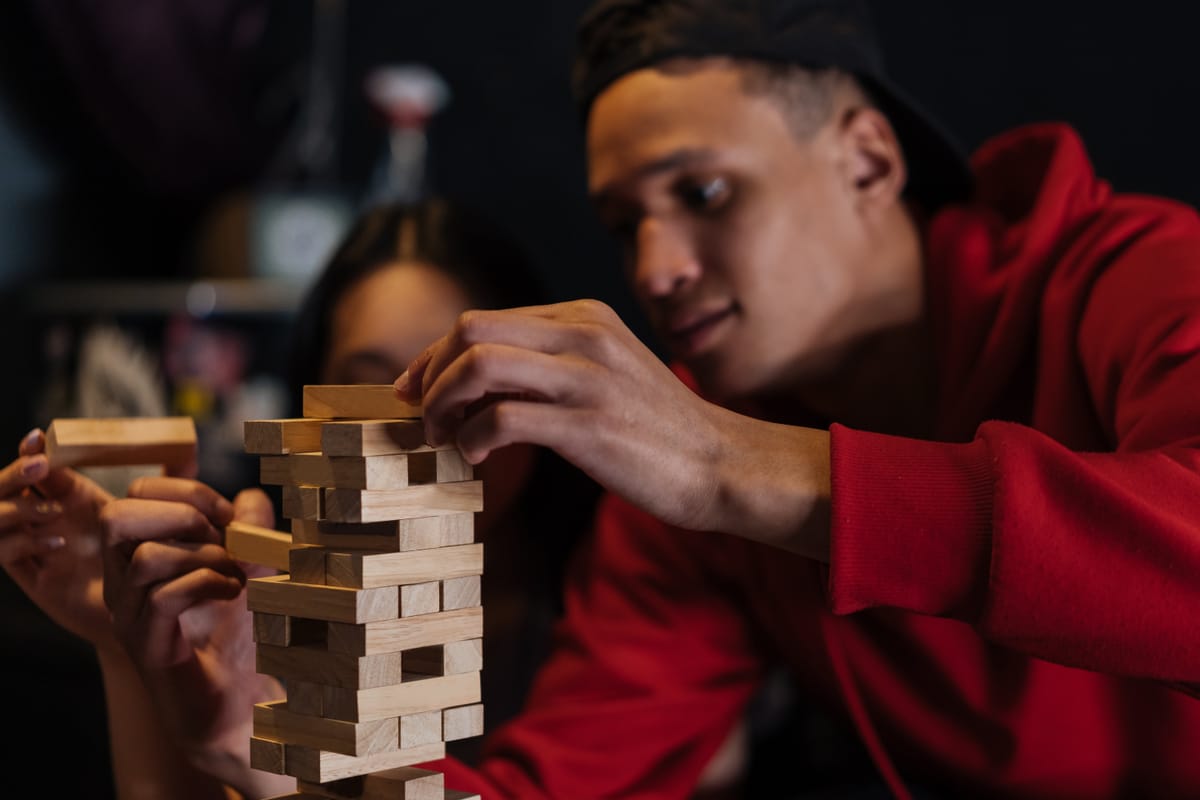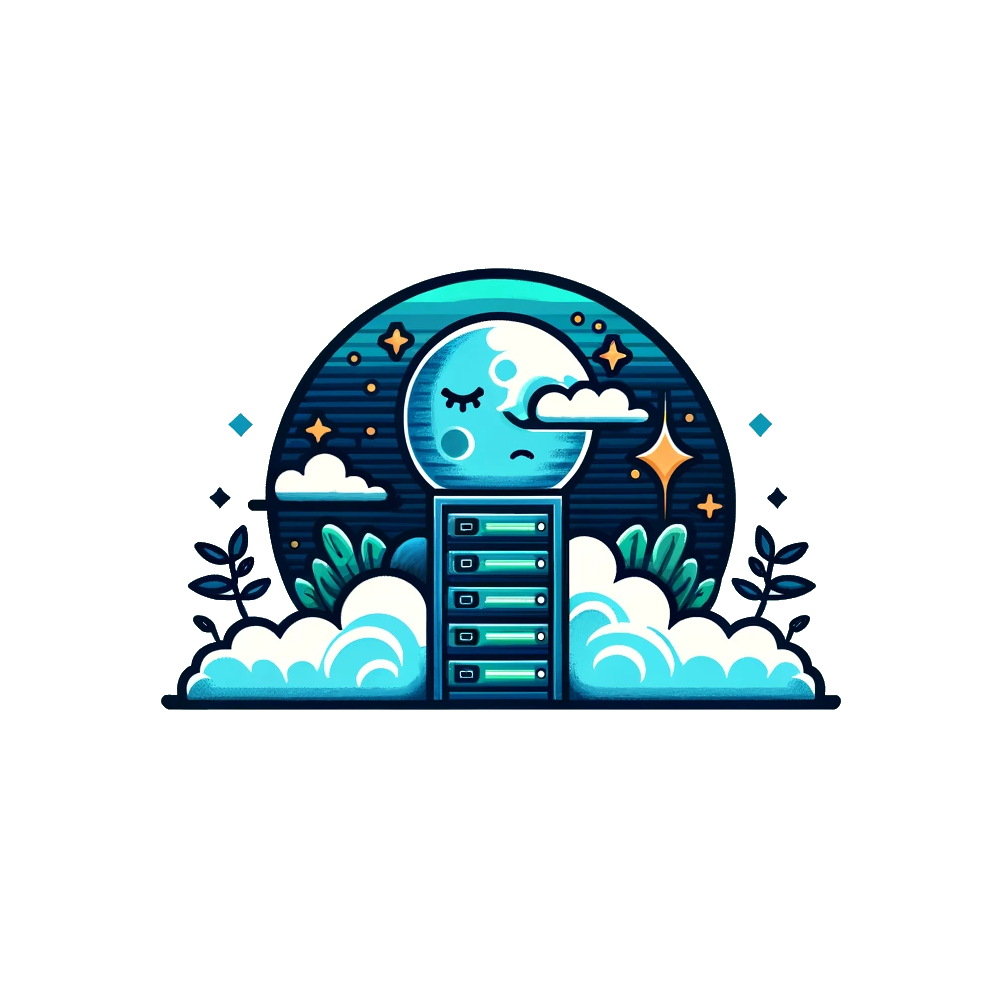Revamping Dread: A Simple Change Fixed My Campaigns

If you haven't played Dread before I'd highly recommend trying it out. It's a fantastic and dead simple RPG. Dread is perfect for single session games especially when they have a horror theme. It's core mechanic, or really it's only mechanic is how it builds suspense.
Instead of rolling dice, players pull blocks from a Jenga tower. The game carries on the tower wobbles more and more until it eventually falls, signaling the dramatic end for a character. Dread has long held a special place in my heart but I've found there are some issues with it. By the end of this post you should understand how dread works, and see how a simple change to the normal rules unlocks a better game.
How to Play Normal Dread
Setup
Have each player choose a "character sheet". This is just a list of leading questions like "What is the significance of that tattoo?". Each sheet is unique with some common questions like "what is your name?" and "What do you look like?". Players may have secrets they are keeping from each other so ideally giving each a title like "the captain" or "the navigator" and having them pick based on the titles alone is a good idea.
tip: When writing the character sheets try to give each player some unique abilities or attributes. For example "What did you study in the academy?" or "What did you win a Nobel prize for?".
Game Play
This is where the power of dread comes in. There are no stats to understand or math to do. You as the Game Master (or GM) describe the scenario and the players say what they would like to do. Your job as the GM is to assign how many "pulls" from the tower an action will cost them. If the tower falls, whoever last attempted a pull is removed from the game. Often violently but it can also be that they have a mental break down and huddle in the corner or decide they "aren't getting paid enough for this" and leave. It's up to the GM.
Here are some examples for how many pulls different things would be. Generally if a player has something on their character sheet that would make them knowledgeable about the action I halve the number of pulls.
| Action | Expertise | Pulls |
|---|---|---|
| Call an Elevator | NA | 0-1 |
| Open a Jammed Door | Fireman | 1-2 |
| Fix an Elevator | Mechanic | 2-4 |
| Build an Elevator | Engineer | 5-7 |
These are very rough and I would encourage you to adjust the number of pulls required by players based on how many you think are going to make it to the end of the campaign. Generally I aim to have roughly half or fewer players "survive to the end".
Once the tower does fall, you set it up again. Dread has rules about reducing the total number of blocks in the tower, but I find increasing the number of pulls is a better mechanism for suspense anyways.
Note: Players may choose to push the tower over as a "sacrifice" which means they do one last heroic act successfully and then die in doing so.
What's Wrong With the Original Rules?
The usual way to play Dread involves everyone sharing a single Jenga tower. It’s a simple concept, but it comes with its own set of challenges:
- The Waiting Game for Some: It's no fun to take the time to meet with friends only to be the first one out and have to sit out most of the evening. Even if there's just 4 players, someone is likely going to play for only the first quarter of the time you have together.
- Loose a Player Gain Invulnerability: Players know that once the tower falls it will be setup again and pulls will become easy suddenly. Effectively as soon as the tower falls yes you loose a player but you can safely take pulls quickly again. This breaks the tension and can make the player's behavior odd in the way they avoid risk then tackle it head-on
- Loss of Individualism: Everyone plays RPGs a little differently, but when you all pull from the same tower when one player is more willing to take risks than others they end up effecting other players as much as themselves.
The Fix: Everyone Gets Their Own Tower
This is a reasonably simple fix. Most people have a copy of Jenga so you can ask your players to bring a tower for themselves. If you're still short a tower or two they are generally pretty inexpensive on Amazon. So, how does this change the game?
- Even Play Time: Generally everyone lasts until the last ~15% of the game which means through our the evening the tension builds until the players barely scrape by.
- Great for Remote Play: With each player having a separate tower, you no longer have to gather together physically if that's difficult to pull off.
- Expertise Makes Sense: When your engineer is good at doing something it makes sense to have them do it, but you can't abuse it or your engineer will get weak. So maybe one of the other players can do the required action without the expertise since they are doing better overall. I also like to let players split up pulls 2 from the non expert and 1 from the expert for example.
- Personal Responsibility and Strategy: With your own tower, who does each action really matters depending on how many blocks they have left. This forces the team to make sure everyone is participating. With RPGs it's easy to get into a situation where new players are watching more than playing and this helps prevent that.
Try It Out!
Introducing individual towers in Dread brings a new dimension to the game. It’s a simple yet effective way to enhance engagement, add strategic depth, and keep every player involved until the end. I'd love to hear how this turns out for you and If you have any tweaks of your own.
